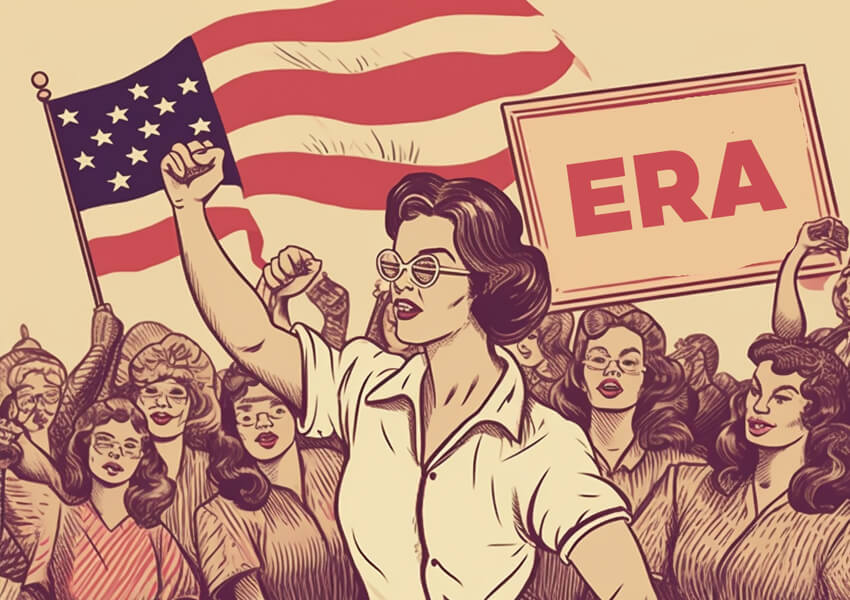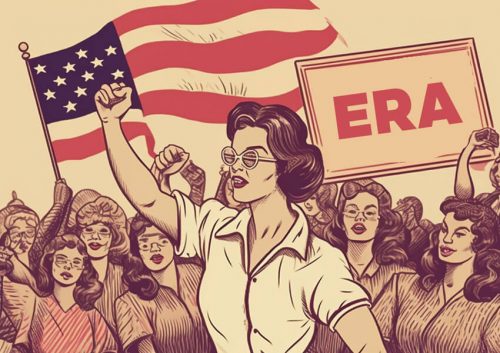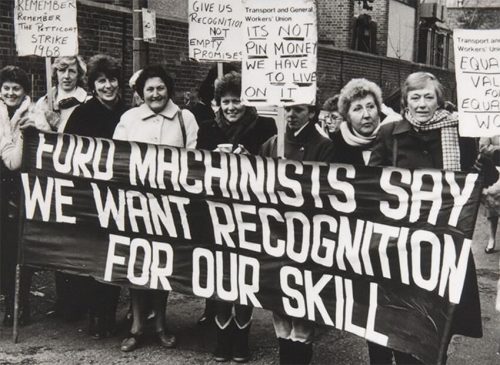The Equal Rights Amendment (ERA) has been a longstanding symbol of the fight for gender equality in the United States. Originally proposed in 1923, the ERA seeks to constitutionally guarantee equal rights for all Americans, regardless of their gender.
A Timeless Persuit of Equality
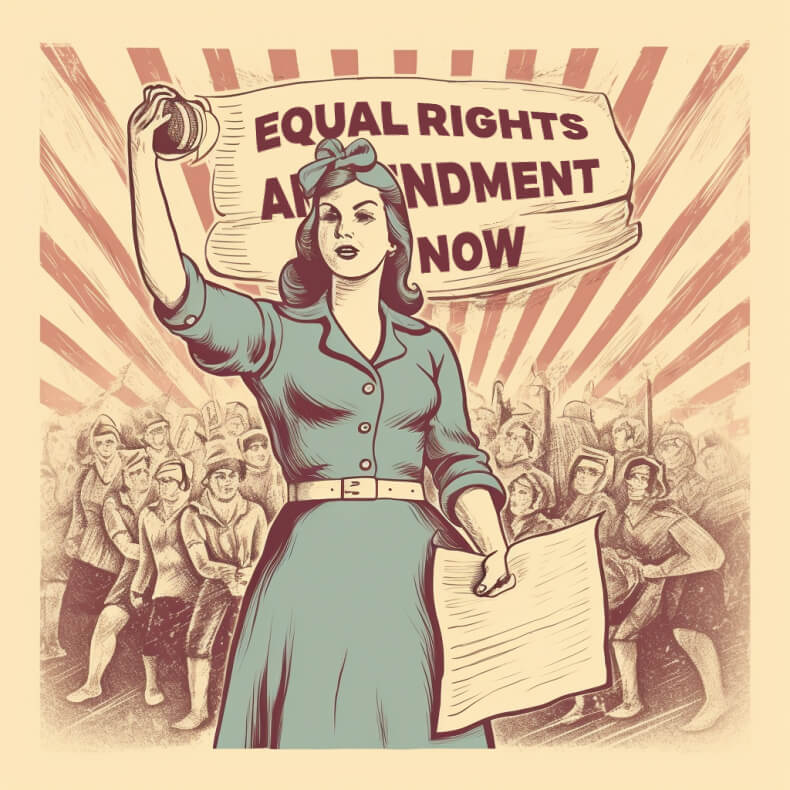
The Equal Rights Amendment (ERA) has a rich and complex history that spans several decades. The idea of enshrining gender equality in the United States Constitution was first proposed in 1923 by suffragist Alice Paul and the National Woman’s Party. The ERA’s original text was simple but far-reaching: “Equality of rights under the law shall not be denied or abridged by the United States or by any State on account of sex.”
Throughout the 20th century, the ERA gained momentum as women’s rights advocates championed its cause. It was reintroduced in Congress every session for almost 50 years, receiving significant support from both Democrats and Republicans. Notable figures like Eleanor Roosevelt, Betty Friedan, and Gloria Steinem played instrumental roles in promoting the ERA and raising awareness about gender inequality.
Opposition to the ERA
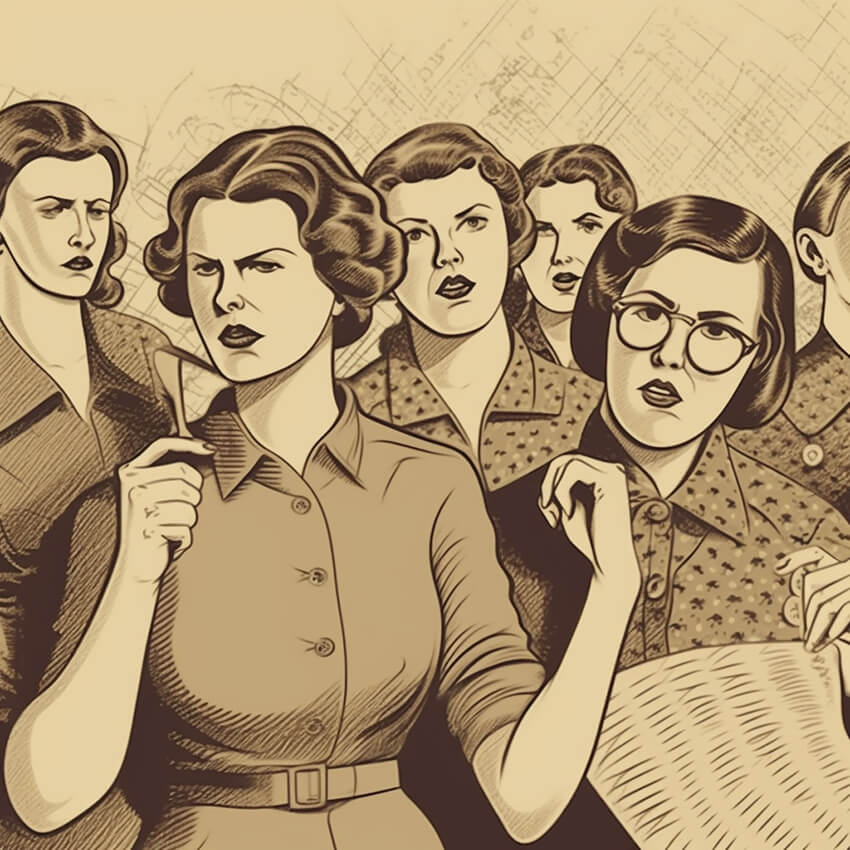
In 1972, the ERA finally passed both houses of Congress with an overwhelming majority and was sent to the states for ratification. The proposed amendment required approval from three-fourths (38) of the state legislatures within a seven-year deadline. During the ratification process, the ERA faced significant opposition from conservative groups, religious organisations, and even some women’s organisations.
The opposition to the ERA centred around concerns that it would erode traditional gender roles, jeopardise women’s benefits and protections, and undermine family values. Some critics argued that the ERA would eliminate legal distinctions that could be beneficial to women, such as alimony and maternity leave. The ERA also faced resistance from states that feared federal encroachment on their powers and autonomy.
Despite the initial surge of support, the ERA fell short of the necessary ratifications by the 1979 deadline. By the end of the deadline, only 35 states had ratified the amendment, three states short of the required threshold. In response to the missed deadline, Congress extended the deadline to 1982, but no additional states ratified the ERA during this period.
The failure to ratify the ERA prompted debates about its effectiveness and necessity. Opponents argued that existing laws, such as the Equal Pay Act and Title VII of the Civil Rights Act, already provided sufficient protection against gender discrimination. Furthermore, some believed that pursuing a constitutional amendment was not the most effective strategy for achieving gender equality, as social and cultural changes were better addressed through legislative and policy reforms.
Is the ERA Still Relevant in the 21st Century?
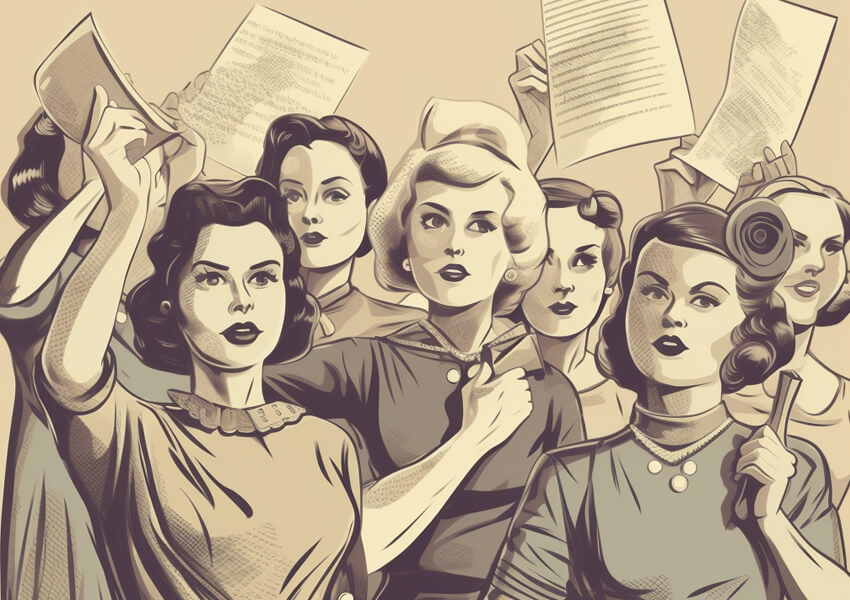
Since the missed deadline, efforts to revive the ERA have continued. In recent years, the amendment has gained renewed attention and support. In 2020, Virginia became the 38th state to ratify the ERA, long after the original deadline had passed. However, legal battles persist over the validity of the late ratifications and whether they should be recognised.
The ERA’s historic journey highlights the complexities and challenges of constitutional change. It also reflects the ongoing struggle for women’s rights and the need to continually address and combat gender-based discrimination. While the ERA has not become law, its impact on the women’s rights movement and the broader fight for equal rights cannot be understated. The ERA remains a powerful symbol of the ongoing pursuit of gender equality in the United States.
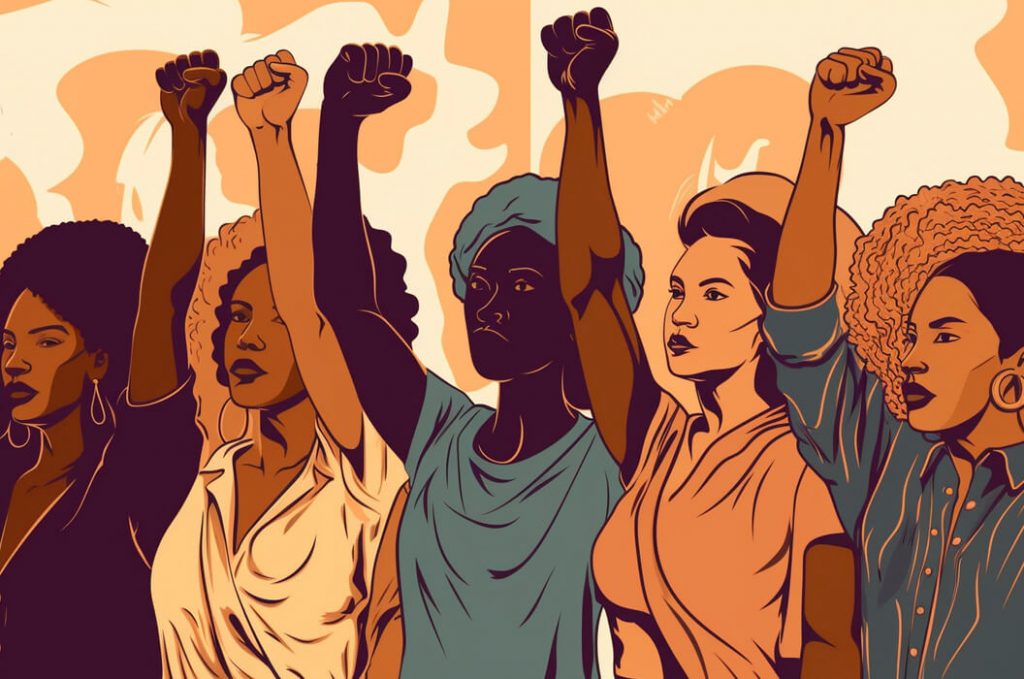
Although the ERA has yet to be ratified and added to the US Constitution, its relevance and significance remain undeniable in today’s society. Here’s a list of reasons why the ERA is still pertinent in the modern era, emphasising the need for its ratification.
1. Challenging Gender Discrimination
The ERA stands as a powerful tool to challenge and eradicate gender discrimination. Despite progress made over the years, women continue to face unequal treatment in various areas of their lives, such as the workplace, politics, and social dynamics.
The ERA’s inclusion in the Constitution would provide a clear and unequivocal statement that gender-based discrimination is not acceptable in any form.
By explicitly guaranteeing equal rights, the ERA would serve as a safeguard against systemic gender bias, fostering a more inclusive and equitable society.
2. Closing the Gender Pay Gap
One of the most pressing issues the ERA seeks to address is the persistent gender pay gap. Despite strides in women’s economic empowerment, women still earn less than their male counterparts for performing the same work.
The ERA would strengthen legal protections against pay discrimination, making it easier for women to challenge unequal pay practices. Furthermore, the ERA would encourage employers to adopt fair and transparent pay policies, thereby narrowing the pay gap and fostering economic equality.
3. Empowering Marginalised Communities
The ERA’s impact extends beyond gender disparities and holds particular significance for marginalised communities. Women of colour, LGBTQ+ individuals, and those with intersecting identities face unique challenges that compound their experiences of discrimination.
The ERA’s broad language, guaranteeing equal rights to all individuals, irrespective of their gender, would provide a much-needed legal foundation to dismantle multiple forms of discrimination.
By protecting the rights of all marginalised groups, the ERA would contribute to a more inclusive and equitable society.
4. Advancing Family and Caregiving Responsibilities
Gender inequality is deeply entrenched in societal expectations surrounding family and caregiving responsibilities. Women often face disadvantages in the workplace due to assumptions about their roles as primary caregivers.
The ERA would challenge these gender stereotypes and foster greater equality by promoting policies that support work-life balance, affordable childcare, and parental leave for all genders.
By acknowledging the importance of caregiving and addressing its impact on women’s economic prospects, the ERA would create a more supportive environment for all individuals.
5. Adapting to Evolving Gender Dynamics
The ERA’s continued relevance lies in its ability to adapt to evolving gender dynamics. Gender identities and expressions have expanded beyond the traditional binary, and the ERA’s all-encompassing language would offer constitutional protection to individuals of all genders.
By recognising the diverse experiences of individuals, the ERA would foster a society that values and respects gender diversity.
This adaptability is crucial in the face of ongoing struggles for transgender rights and the dismantling of harmful gender norms.
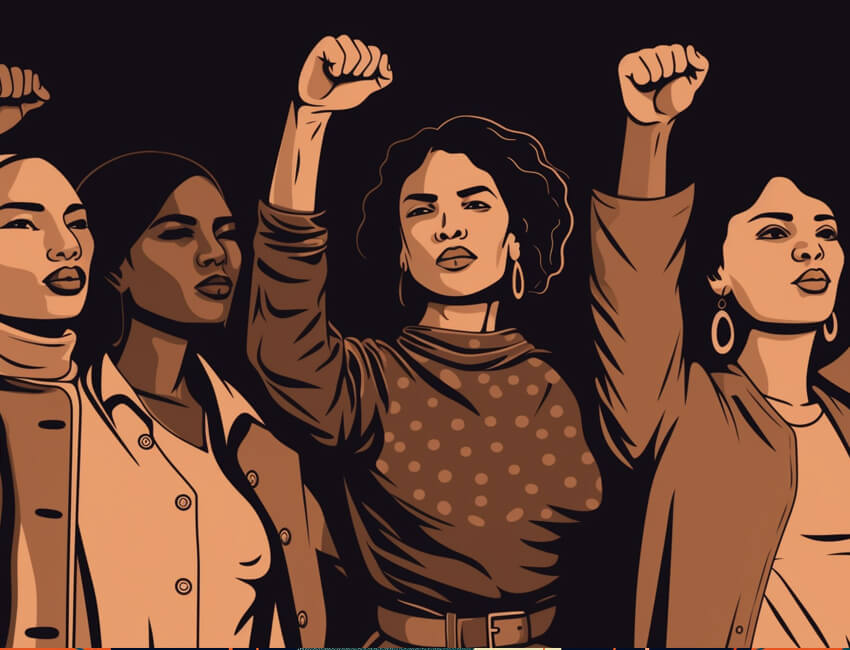
While progress has been made towards gender equality, the ERA remains a crucial piece of legislation to secure comprehensive rights for all Americans.
Its ratification would signal a strong commitment to equality and provide a vital framework for addressing gender discrimination in all its forms. By closing the gender pay gap, empowering marginalised communities, advancing family and caregiving responsibilities, and adapting to evolving gender dynamics, the ERA would pave the way for a more inclusive and just society.
Now, more than ever, it is imperative to rally behind the ERA and continue the fight for equal rights for all.
